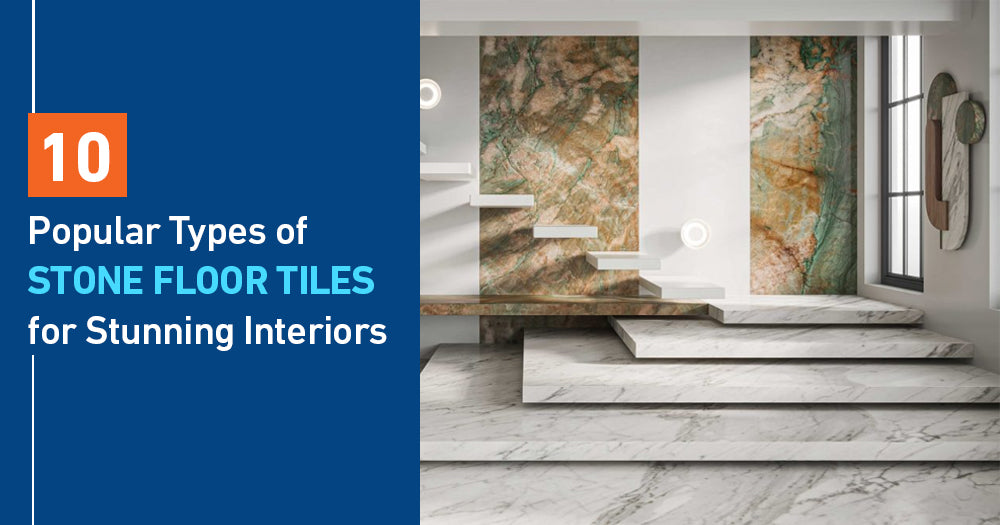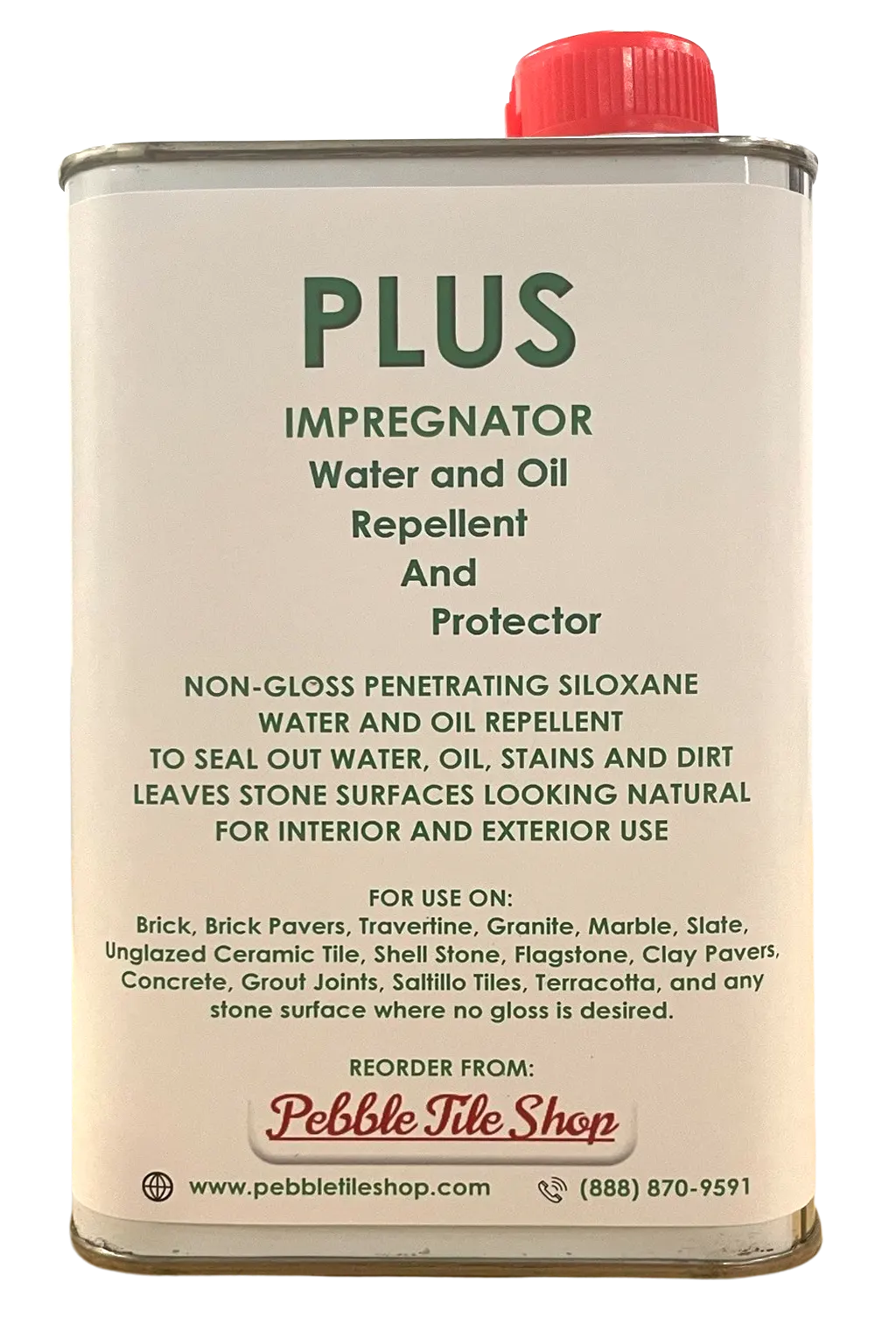Stone floor tiles are a timeless choice that adds natural beauty, durability, and elegance to any interior space. Whether you’re renovating your kitchen, bathroom, living room, or even your entryway, the right type of stone tile can elevate your home’s design. From traditional limestone to luxurious marble, stone floor tiles offer an array of styles, colors, and textures that can complement any decor.
In this blog, we’ll explore the 10 popular types of stone floor tiles that can create stunning interiors. These tiles are not only durable but also bring an organic, earthy feel to your home. We’ll dive deep into their characteristics, benefits, and where they’re best suited, so you can make an informed decision for your next renovation project. Additionally, we’ll share some options available at Tile Hub, a sister company of Pebble Tile Shop, to help you find the perfect tiles for your home.
1. Marble Floor Tiles: Elegance and Luxury
When it comes to types of stone floor tiles, marble is perhaps the most luxurious and elegant option. Marble has been used for centuries in palaces, temples, and sculptures due to its timeless beauty. The natural veining in marble tiles can range from subtle to bold, offering a variety of options for your interior design.
Marble is perfect for creating a sophisticated and high-end look. Whether used in the kitchen, bathroom, or even living rooms, it gives any space a touch of opulence. Marble tiles are known for their glossy finish and ability to reflect light, making rooms appear brighter and more spacious. However, they require regular maintenance to preserve their shine and prevent staining from spills.
Where to use marble floor tiles:
- Living Rooms
- Kitchens
- Bathrooms
- Hallways
- Entryways
Best for: Luxury homes, modern interiors, and spaces that require a polished finish.
2. Granite Floor Tiles: Durability and Strength
Granite is one of the most durable and versatile types of stone floor tiles available. It is a highly resilient stone that is resistant to scratches, stains, and heat, making it a great choice for high-traffic areas. The natural specks and patterns in granite tiles give them a unique, dynamic appearance that works well with both modern and traditional decor.
Granite tiles come in a variety of colors, from rich blacks and deep blues to light greys and earthy browns. This diversity makes it easy to find granite tiles that complement your home’s existing design.
Where to use granite floor tiles:
- Kitchen floors
- Entryways
- Hallways
- Bathrooms
- Commercial spaces
Best for: High-traffic areas and spaces that demand durability, like kitchens and hallways.
3. Travertine Floor Tiles: Rustic Charm
Travertine is a natural stone that has been used for centuries, particularly in classical architecture. It is a sedimentary rock that forms around mineral springs and features characteristic holes and veins, giving each tile a unique texture. Travertine tiles have a warm, earthy tone that adds rustic charm to any space.
One of the key benefits of travertine is its versatility. It can be honed to a smooth finish or left more textured for a natural, aged look. Travertine tiles are often available in shades of beige, tan, and brown, making them an excellent choice for a rustic, Mediterranean, or Tuscan-inspired design.
Where to use travertine floor tiles:
- Kitchens
- Bathrooms
- Outdoor patios
- Living rooms
- Fireplaces
Best for: Rustic interiors, outdoor spaces, and vintage-style designs.
4. Slate Floor Tiles: Natural Elegance
Slate is a metamorphic rock that is prized for its stunning appearance and exceptional durability. Slate tiles have a natural, textured surface that brings a rugged elegance to any space. The dark, moody tones of slate—ranging from charcoal gray to deep green and purple—create a sophisticated and timeless look.
Slate tiles are perfect for spaces that demand a bit more character. Whether used in the kitchen, bathroom, or living room, slate adds depth and texture to the floors. Additionally, slate’s durability and resistance to water make it an ideal choice for high-moisture areas like bathrooms or basements.
Where to use slate floor tiles:
- Kitchens
- Bathrooms
- Living rooms
- Basements
- Entryways
Best for: Modern and rustic spaces, as well as high-moisture areas.
5. Limestone Floor Tiles: Natural Sophistication
Limestone is a sedimentary rock composed primarily of calcium carbonate, and it offers a softer, more subtle look compared to other types of stone floor tiles. The soft textures and natural patterns in limestone tiles provide a clean and sophisticated appearance that works well in both contemporary and traditional settings.
Limestone is available in a variety of neutral tones, including cream, beige, and grey, making it an easy option to pair with almost any decor. Although it is relatively soft compared to granite or slate, it is still durable enough for most residential applications.
Where to use limestone floor tiles:
- Living rooms
- Kitchens
- Bathrooms
- Hallways
- Offices
Best for: Soft, neutral designs and more traditional or contemporary interiors.
6. Onyx Floor Tiles: Exquisite and Unique
Onyx is a luxurious stone known for its translucent qualities and bold, dramatic veins. It is one of the more unique types of stone floor tiles and is often used in high-end applications. Onyx tiles come in a wide range of colors, from soft pastels to bold, rich hues like deep green and gold. The natural veining in onyx creates a stunning focal point for any room.
Because onyx is a softer stone, it is not as durable as other types of stone tiles, so it is typically used in low-traffic areas. However, when placed correctly, onyx adds an unparalleled sense of elegance and luxury to your home.
Where to use onyx floor tiles:
- Entryways
- Master bathrooms
- Living rooms
- Accent walls
Best for: Luxury spaces that demand high-impact visuals.
7. Sandstone Floor Tiles: Subtle Texture and Warmth
Sandstone is a sedimentary rock with a naturally warm and textured surface. It comes in a range of colors, from light beige and tan to deep red and brown. Sandstone floor tiles have a rustic, natural look that works well in traditional and Mediterranean-style homes.
Because of its softer texture, sandstone can be more easily damaged than other stone tiles, but its warm tones and unique patterns make it an attractive option for more rustic or earthy home designs.
Where to use sandstone floor tiles:
- Living rooms
- Outdoor patios
- Walkways
- Bathrooms
Best for: Natural, earthy, and rustic interior designs.
8. Soapstone Floor Tiles: Sleek and Soft
Soapstone is a softer, more malleable stone, which makes it easy to cut and shape into different styles. This stone has a smooth, matte finish that gives it a sleek, modern appeal. Soapstone floor tiles come in a range of neutral shades, including grey, green, and brown.
While soapstone isn’t as durable as granite or marble, it is still an excellent option for areas with moderate traffic. It also has the advantage of being resistant to heat, making it an ideal choice for use in kitchens and fireplaces.
Where to use soapstone floor tiles:
- Kitchens
- Bathrooms
- Fireplaces
- Entryways
Best for: Modern and minimalist interiors, especially in spaces that require heat resistance.
9. Quartzite Floor Tiles: Durable and Stylish
Quartzite is a hard, metamorphic rock that is both durable and aesthetically striking. Quartzite tiles are available in a wide range of colors, including soft whites, deep grays, and vibrant blues. Its smooth, glossy surface makes quartzite an excellent choice for both contemporary and rustic spaces.
Quartzite is also resistant to scratches and stains, making it a great option for high-traffic areas like kitchens and hallways. The stone’s natural beauty and resistance to wear and tear make it a versatile flooring option.
Where to use quartzite floor tiles:
- Kitchens
- Bathrooms
- Living rooms
- Hallways
Best for: Durable, high-traffic areas and modern homes.
10. Pebble Stone Floor Tiles: Natural and Textured Appeal
Pebble stone tiles are a popular choice for those who want to incorporate a natural and textured aesthetic into their homes. Made from small, rounded pebbles, these tiles create a unique, textured surface that adds visual interest and warmth to any room.
Pebble stone floor tiles are ideal for areas that require slip resistance, such as bathrooms, kitchens, and outdoor spaces. The natural stones create a calming, earthy feel, making them a great choice for spa-like bathroom designs or serene outdoor patios.
Where to use pebble stone floor tiles:
- Bathrooms
- Outdoor patios
- Poolsides
- Showers
Best for: Natural, textured designs and outdoor spaces.
Conclusion
Each of the types of stone floor tiles mentioned above offers unique characteristics that can enhance your home’s design. Whether you’re looking for the timeless elegance of marble, the durability of granite, or the rustic charm of travertine, stone tiles provide a versatile and long-lasting solution for any room in your home.
If you're considering incorporating stone tiles into your home renovation project, visit Tile Hub today. Tile Hub is a trusted sister company of Pebble Tile Shop, offering a wide selection of high-quality stone tiles to suit every style and budget. Whether you’re renovating a small bathroom or updating your entire home, Tile Hub has the perfect stone tile options for you.
To explore more options for stunning stone floor tiles, visit Tile Hub and get inspired by the beauty and durability of natural stone.







